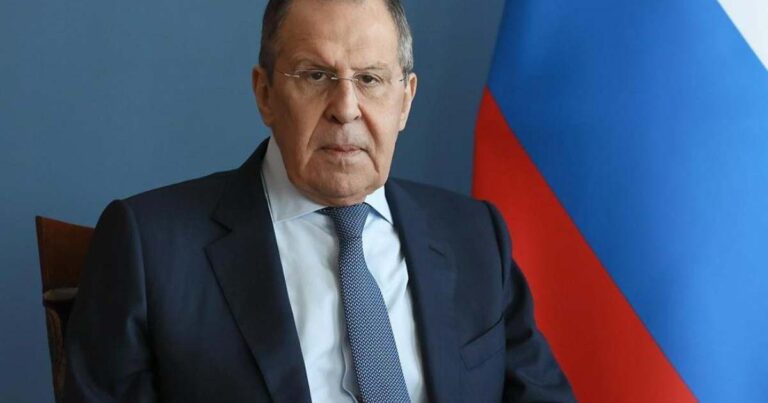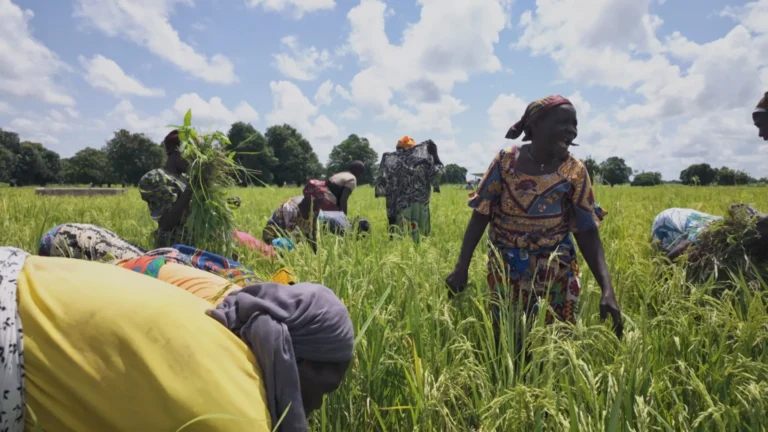Kenya and Tanzania poised to finalise historic border agreement as reaffirmation nears completion

Kenya and Tanzania are on the brink of a major diplomatic milestone as both nations move closer to finalising a historic border reaffirmation agreement.
With over 558 kilometres of their 758-kilometre shared boundary already marked, officials say the project could be completed by the end of 2025.
Launched in 2021, the boundary reaffirmation exercise aims to clarify and formalise the international border between the two countries, bolstering peaceful coexistence and long-term regional stability.
During a high-level inspection tour of the border region stretching from Lake Jipe to Lake Chala, Kenya’s Deputy Head of Public Service, Amos N. Gathecha, praised the dedication of the multi-agency team leading the effort.
“This is a collaborative effort between Kenya and Tanzania. Once we finish, Presidents of the two countries will be able to sign an agreement to say that now the boundary is confirmed and we have no disputes,” Gathecha said, standing beside freshly installed concrete pillars dotting the rugged terrain.
More than 80 officers from agencies including the Ministry of Lands, the Kenya Defence Forces (KDF), and Immigration Services are currently engaged in the exercise.
Gathecha assured field teams that their commitment would be recognised, and pledged to lobby for additional funding to accelerate completion.
The operation has not been without challenges.
Surveyor Martin Dang’ana, who has led field operations since the project’s inception, described the logistical hurdles of transporting materials into remote and often treacherous terrain.
“In some areas, workers carry cement on their backs for long distances,” he said, noting that the initiative actively involves local communities in both labour and resource sourcing.
Deputy Coordinator Juster Nkoroi, head of the Kenya International Boundaries Office (KIBO), emphasised the national significance of the project.
“The Republic is our mother… It is very important to know where it begins and where it ends,” she said, underscoring the boundary as a core component of national identity.
Nkoroi also reassured residents that the reaffirmation would not disrupt cross-border life.
“We don’t disrupt the lives of farmers or communities. If we find your house there, we don’t bother with it.
We will put the pillar where it is supposed to be and let the communities continue living peacefully.”
KDF’s Major General John Nkoimo affirmed the military’s logistical and security support, saying their involvement helps mitigate risks from wildlife and other hazards.
Over 6,000 boundary markers—both primary and secondary—have been installed so far.
Each primary pillar costs approximately KSh30,000, with the majority of the budget allocated to logistics.
Once the remaining 100 kilometres of land and water segments are completed—including special provisions for lakes such as Jipe and Chala—the border agreement will be formally signed by Presidents William Ruto and Samia Suluhu Hassan.
The final deal will not only mark the physical boundary but stand as a symbol of enduring peace, mutual respect, and a shared historical journey.



